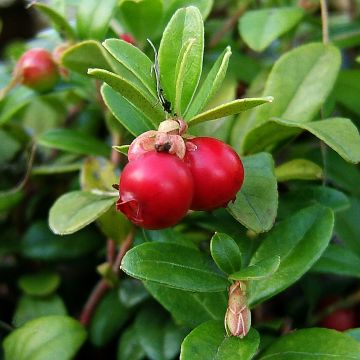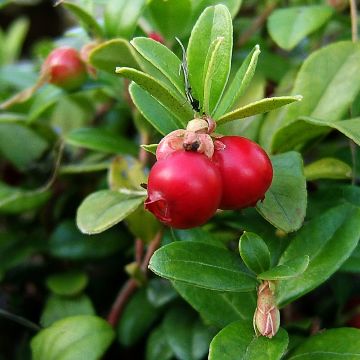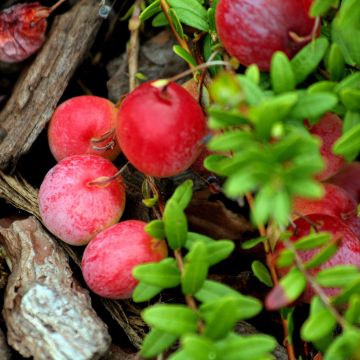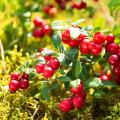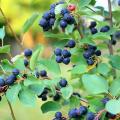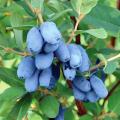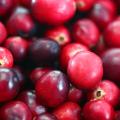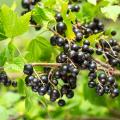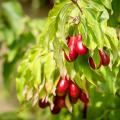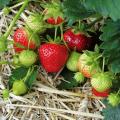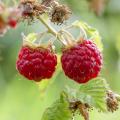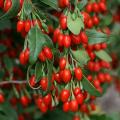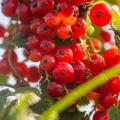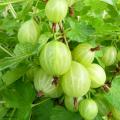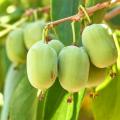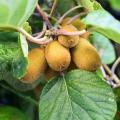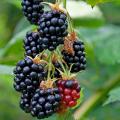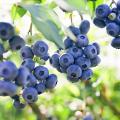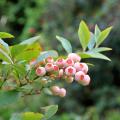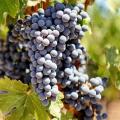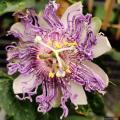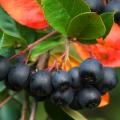Cranberries - Vaccinium macrocarpon
Would this plant suit my garden? Set up your Plantfit profile →
Available in 2 sizes
Available in 1 sizes
Available in 1 sizes
Our Bushberry Range. These small creeping bushes are known for their tangy red berries. The species Vaccinium macrocarpon offers fruits rich in vitamin C, used for juices, sauces, and desserts. The variety 'Pilgrim' is very productive, with large dark red berries, while the 'Early Black' is early and productive, offering dark red berries with good keeping qualities. The 'Stevens' cranberry, on the other hand, is appreciated for its vigorous growth and round fruits.
The bushberry thrives in acidic and moist soils, preferring a sunny exposure. The varieties also have a decorative role with foliage that turns reddish in autumn and small pink flowers in summer. For more information, check out our feature "Cranberry: planting, harvest, benefits"
Haven't found what you were looking for?






























